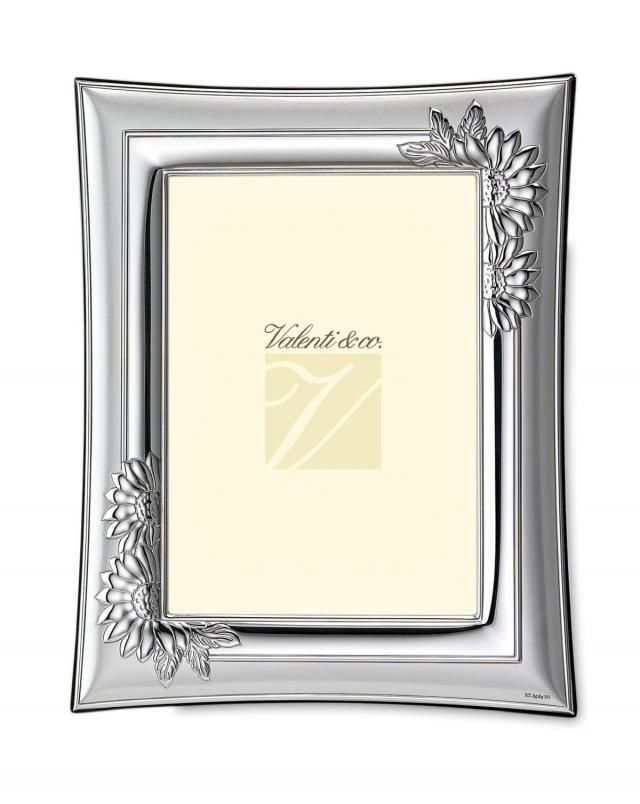|
|
Silver Art
|
Hippocrates, the "father of medicine", wrote that silver had beneficial healing and antidisease properties, and the Phoenicians stored water, wine, and vinegar in silver bottles to prevent spoiling. In the early 20th century, people would put silver coins in milk bottles to prolong the milk's freshness. Its germicidal effects increased its value in utensils and as jewellery. The exact process of silver's germicidal effect is still not entirely understood, although theories exist. One of these is the oligodynamic effect, which explains the effect on microorganisms, but would not explain antiviral effects.
Silver is widely used in topical gels and impregnated into bandages because of its wide-spectrum antimicrobial activity. The antimicrobial properties of silver stem from the chemical properties of its ionized form, Ag+. This ion forms strong molecular bonds with other substances used by bacteria to respire, such as molecules containing sulfur, nitrogen, and oxygen. When the Ag+ ion forms a complex with these molecules, they are rendered unusable by the bacteria, depriving them of necessary compounds and eventually leading to their death.
Silver compounds were used to prevent infection in World War I before the advent of antibiotics. Silver nitrate solution use continued, then was largely replaced by silver sulfadiazine cream (SSD cream), which generally became the "standard of care" for the antibacterial and antibiotic treatment of serious burns until the late 1990s. Now, other options, such as silver-coated dressings (activated silver dressings), are used in addition to SSD cream. However, the evidence for the effectiveness of such silver-treated dressings is mixed, and although the evidence is promising, it is marred by the poor quality of the trials used to assess these products. Consequently, a systematic review by the Cochrane Collaboration (published in 2008) found insufficient evidence to recommend the use of silver-treated dressings to treat infected wounds.
There has been renewed interest in silver as a broad-spectrum antimicrobial agent. One application has silver being used with alginate, a naturally occurring biopolymer derived from seaweed, in a range of products designed to prevent infections as part of wound management procedures, particularly applicable to burn victims. In 2007, a company introduced a glass product they claimed had antibacterial properties by coating the glass with a thin layer of silver. In addition, in 2007 the U.S. Food and Drug Administration (FDA) approved an endotracheal breathing tube with a fine coat of silver for use in mechanical ventilation, after studies found it reduced the risk of ventilator-associated pneumonia.
|
|









